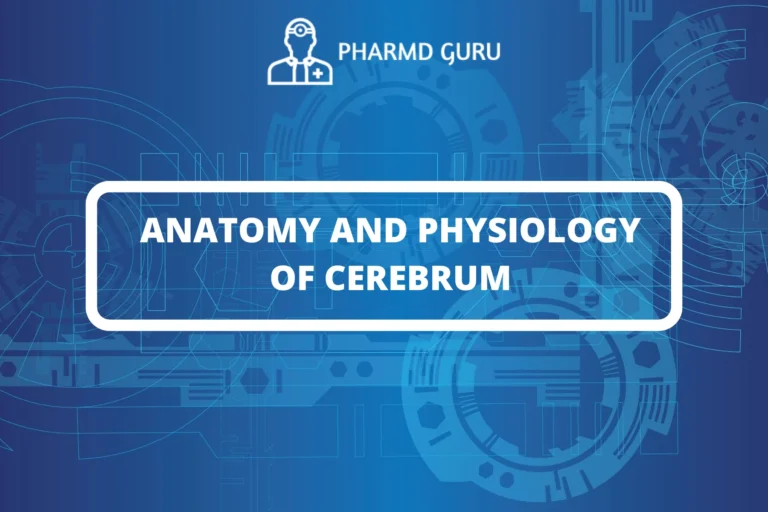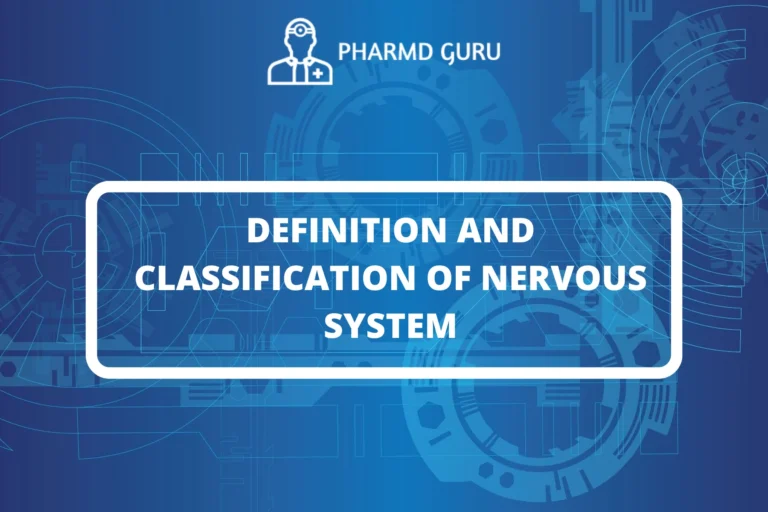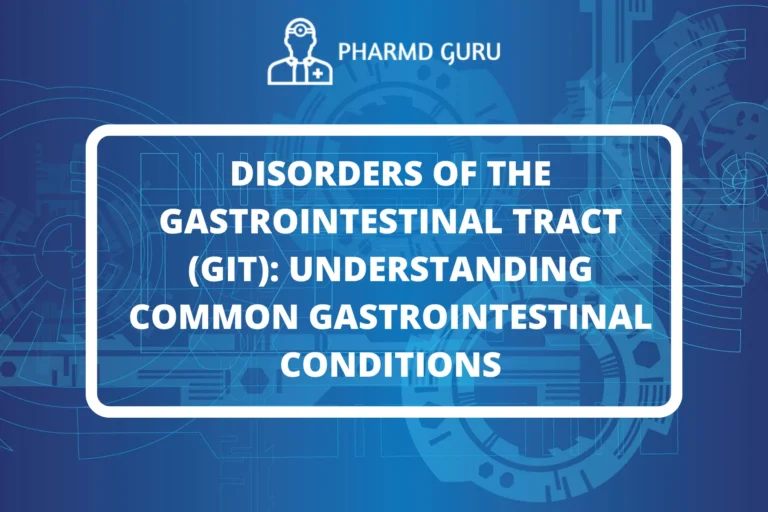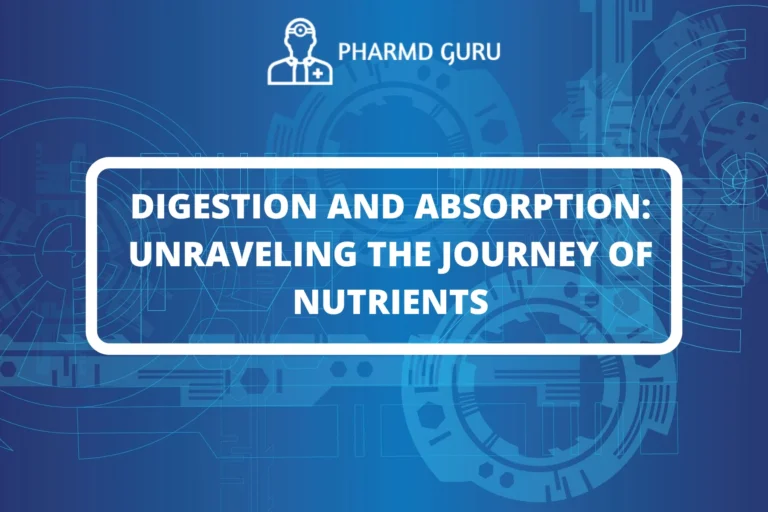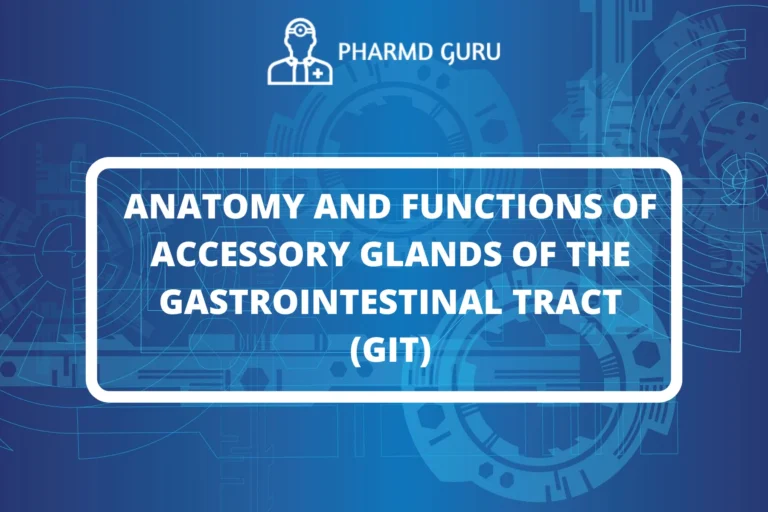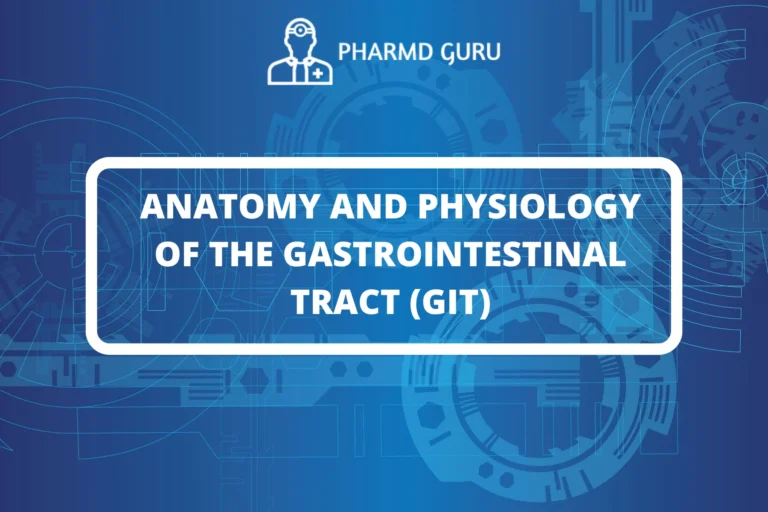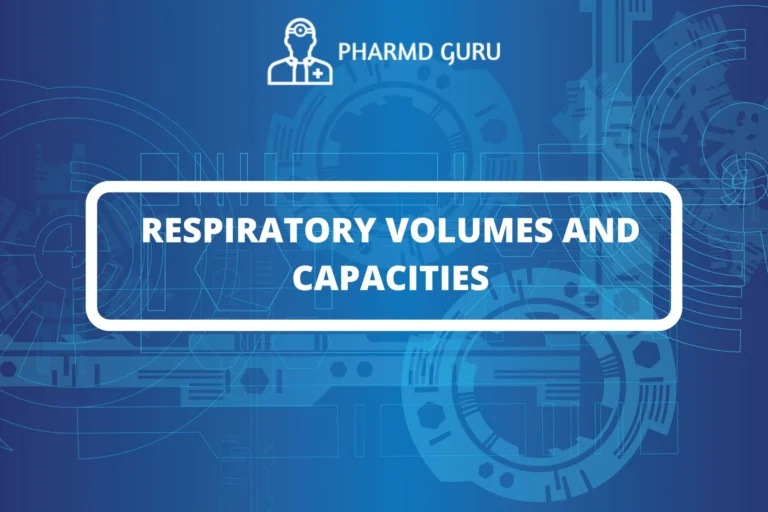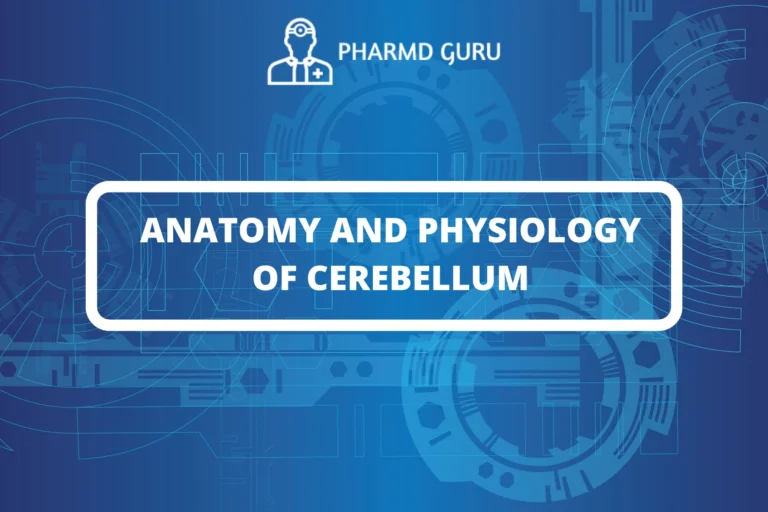
ANATOMY AND PHYSIOLOGY OF CEREBELLUM
The cerebellum is a highly specialized region of the brain located at the back of the brainstem, beneath the cerebrum and above the brainstem. Despite its smaller size compared to the cerebrum, the cerebellum plays a critical role in motor…

